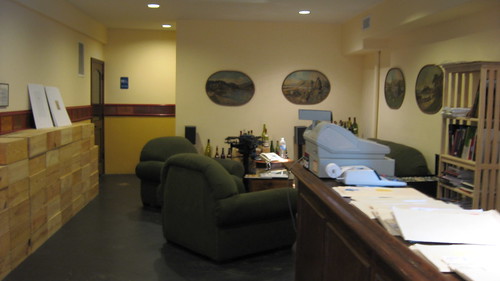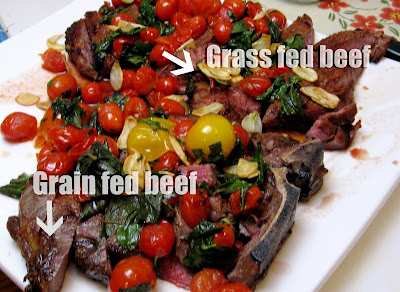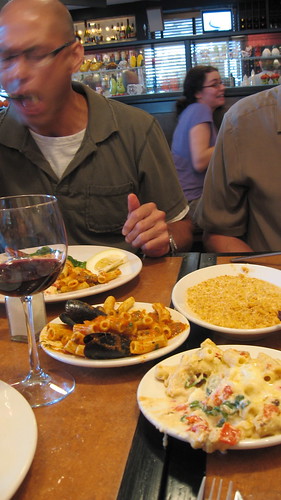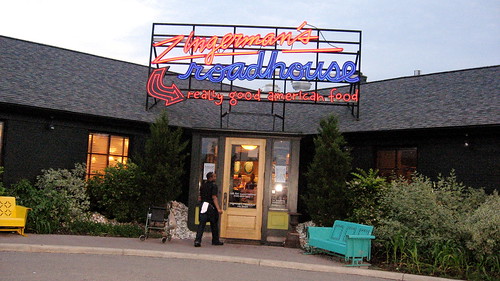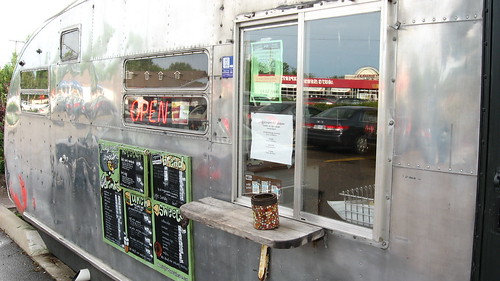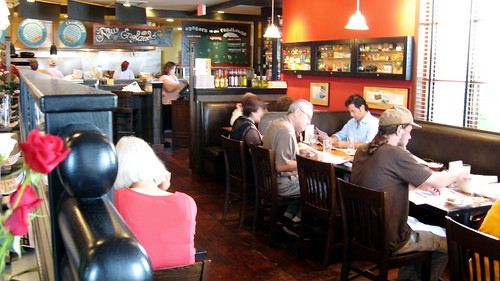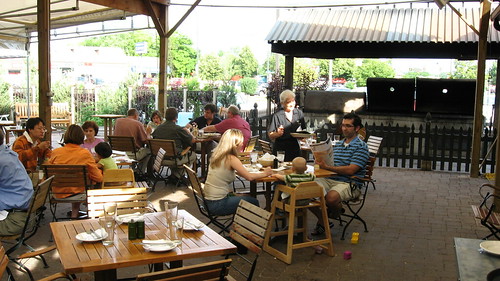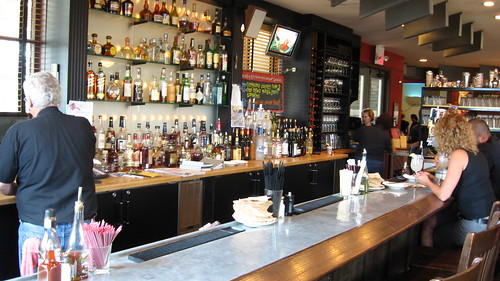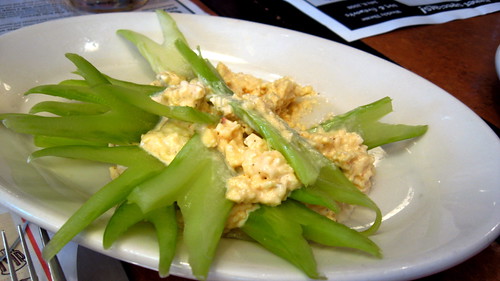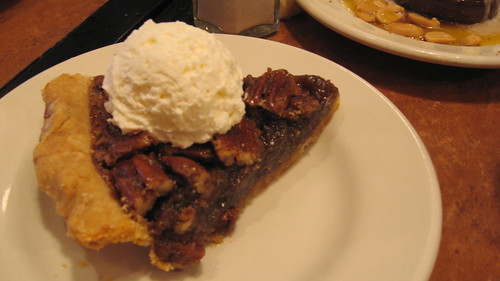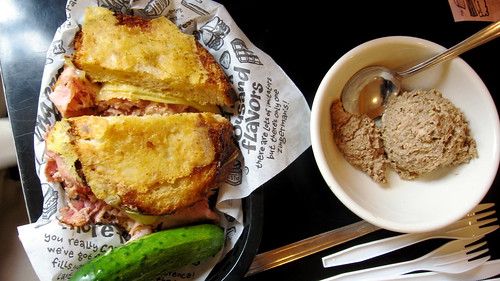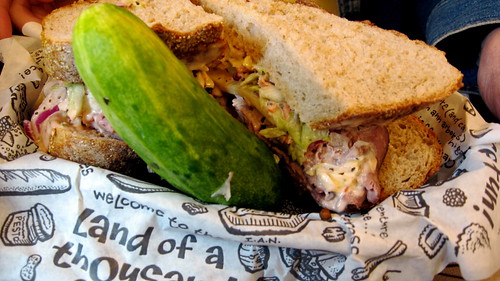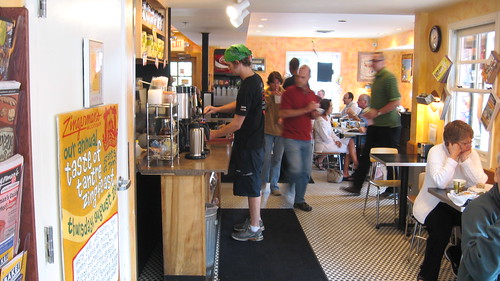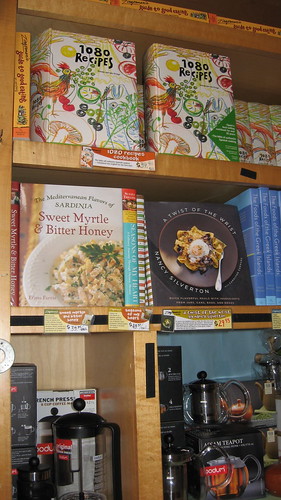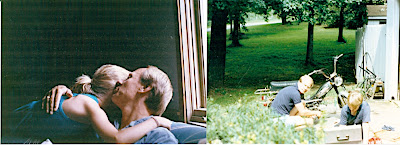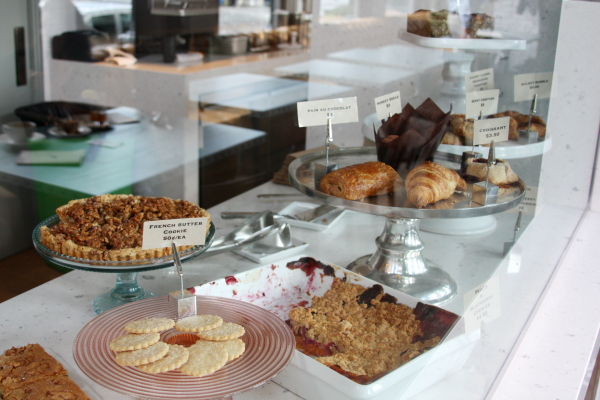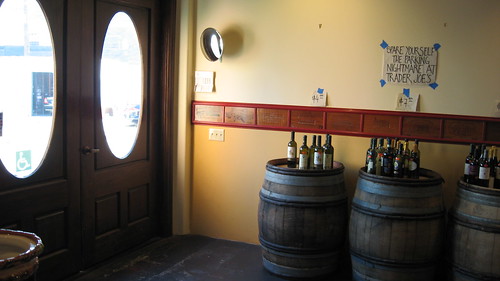
If you find a hidden gem or an amazing bargain, do you tell the world or keep the information to yourself? For some, keeping the inexpensive getaway, a cheap ethnic market or clothing sale under wraps is essential in maintaining their front of the line status as well as keeping the hidden spot’s prices low.
For others, there is no such thing as a secret spot. These sorts of people tell anyone that will listen their “insider information” until that secret spot becomes so popular it’s ruined. Then there are people like me, a half-breed of secretive local and flamboyant big mouth, who believes there’s a happy medium to the Secret vs. Success issue. When I find a secret spot, I feel obligated to share my newfound information with trusted friends.
Which is why I thought I should come out and tell you, my trusted readers, about the amazing little wine store that almost no one in LA knows about. If you don’t live in LA, stop reading. But if you live anywhere near the 3rd and Fairfax area, you really ought to know that there’s an amazing wine store just around the corner. And it’s hiding from you.
Located on the corner of Third and Cochran, this windowless (and seemingly door-less) yellow building is easy to miss. Other than the hand-lettered sign that simply reads “The Wine Hotel” outside, there is nothing to tell potential customers that there is a wine store located somewhere inside. But there is. Trust me.
Things to know before you go:
The first thing you should know before you visit the current incarnation of The Wine Hotel is that it is a wine store and wine storage facility in transition. Recently purchased by world renown wine specialists and wine collectors Rudy Kurniawan and Paul Wasserman, the pair plan to turn this once unsuccessful wine storage facility into Terroir: a wine buyer’s and wine collector’s Mecca.
Going against all feng shui laws, the front door is located in the back of the building. The only way to access the door, requires you to take a walk down the battered back alleyway. The door, once you locate it, looks like this:
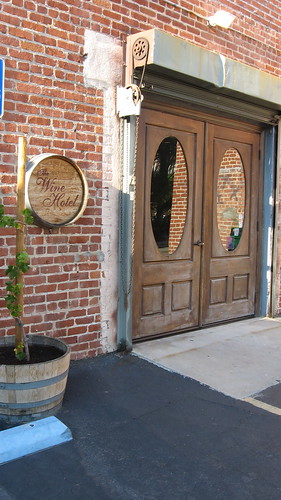
Though this pretty, windowed, wood door may appear to be locked, it probably isn’t. Push, pull and when all else fails, knock. Once inside, Dan, the store’s friendly wine expert and only employee, will most likely be the face that greets you.

Dan is an agreeable guy that reminds me of a brainy Simpson’s character, who will always greet you with a nod or a grin and is always ready to share with you his incredible wealth of wine history and tasting notes. Tell him what you like and what you want to spend and get ready for a wonderful wine education. Take notes if you are fast of hand, because Dan has a lot to of great information to share. Want a show stopping Rioja for under 20? Dan recommends the R. Lopez de Heredia, “Vin Cubillo” Crianza, 2002. How about a tasty white from the Alto Adige? Dan might suggest the 2006 Garlider “Valle Isarco” Muller Thurgau, for less than 10 bucks. Dan’s fast and furious suggestions are punctuated with excited information, intriguing names, tid-bits on little known grapes and funny stories. Most surprising, even the rare and collectable bottles sport reasonable price tags.
Be warned, there’s nothing fancy about the current incarnation of The Wine Hotel. The space has an office in transition, rough around the edges feel–but not for long. Extensive renovations will soon be undertaken which will transform the space into a sleek and modern retail space, wine storage facility and tasting room.
In the meantime, I suggest spending a some time to talk with the highly educated wine sellers and follow their suggestions as you decide just how much well-priced wine you can afford to buy RIGHT NOW–before it becomes the popular wine destination it plans to be.
The Wine Hotel (soon to be Terroir)
5800 West Third Street
Los Angeles, CA 90036
323-937-9463
Hours:
Monday- Friday 11:am to 7:00pm
Saturday 11:am to 7:00pm
Sunday closed


